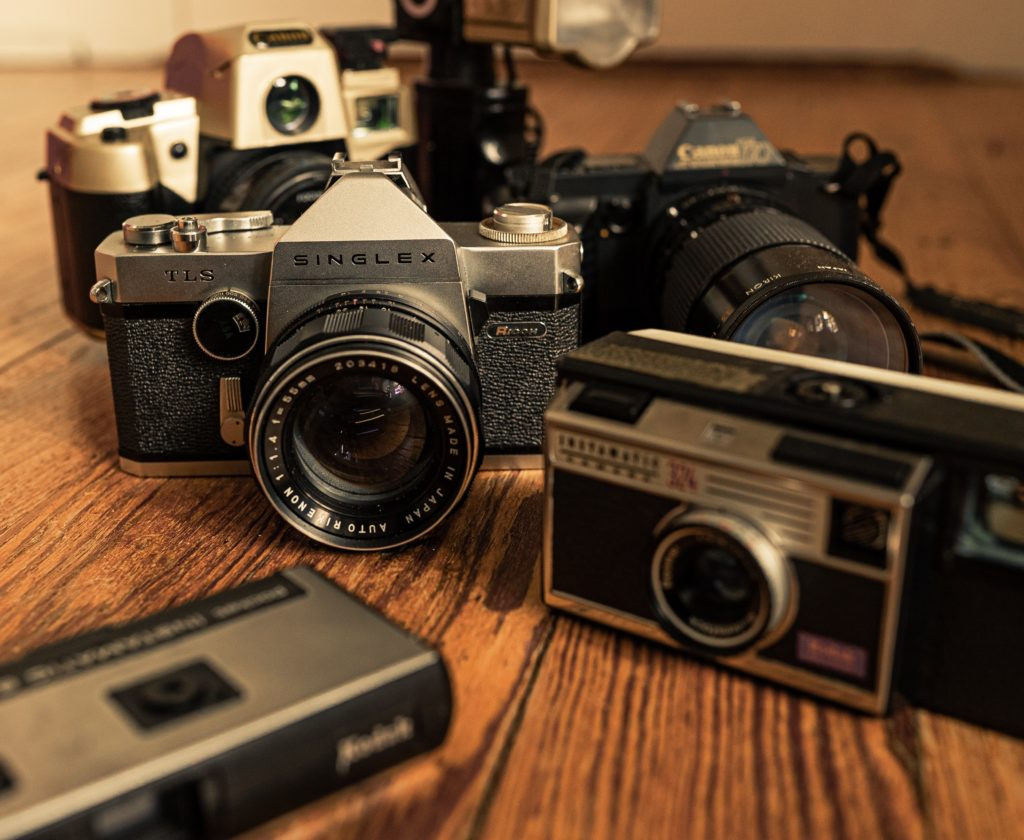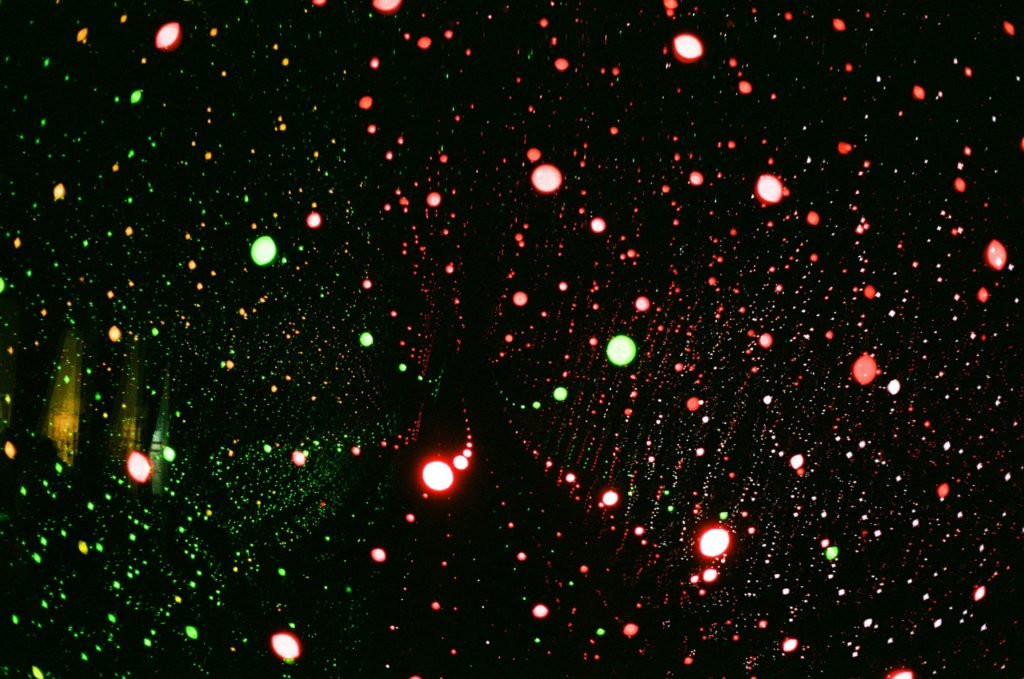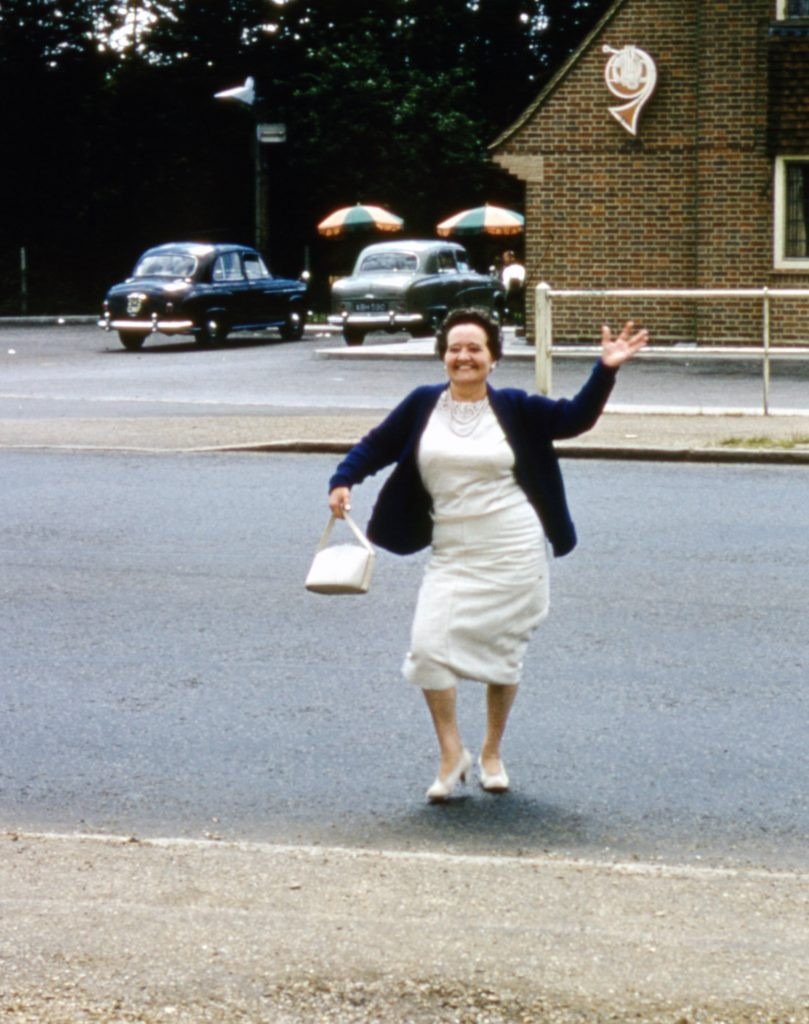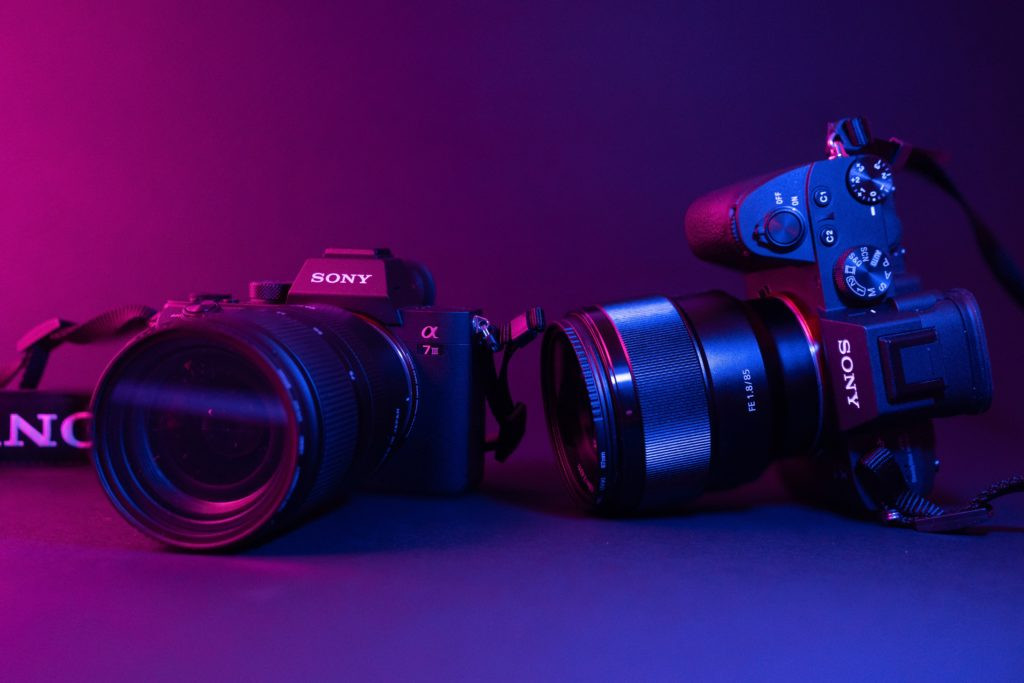The desire to capture the world around us has always been a fundamental human drive. Long before the invention of photography, people relied on verbal descriptions, writings, drawings, and paintings to record their experiences and observations. However, these methods were inherently subjective and prone to inaccuracies. Words could be misinterpreted, and artistic representations depended heavily on the skill and perspective of the creator. The need for a more objective and accurate way to document reality fueled a centuries-long quest that ultimately led to the birth of photography.
 altPhoto by Markus Winkler
altPhoto by Markus Winkler
The Dawn of Photography: Niépce’s Breakthrough
The invention of photography was not a singular event but rather the culmination of advancements in chemistry and optics, most notably the development of the camera obscura. This light-proof box with a small hole allowed light to project an image of the outside world onto the opposite surface. In 1826, French scientist Joseph Nicéphore Niépce achieved a monumental breakthrough. Using a camera obscura and a pewter plate coated with bitumen, a light-sensitive material, Niépce successfully captured the first permanent photograph. This image, taken from a window at his estate, Le Gras, required an exposure time of several hours, resulting in a grainy depiction of the courtyard and surrounding buildings. While far from perfect, Niépce’s achievement marked the dawn of a new era.
A Timeline of Photographic Innovation
Photography rapidly evolved following Niépce’s pioneering work. Key milestones in this journey include:
- 1839: William Henry Fox Talbot introduced photogenic drawing, a process using silver salts to create permanent images.
- 1851: The ambrotype process gained popularity, utilizing glass plates to produce more durable photographs. Wet collodion negatives and positive paper prints revolutionized photographic practice.
- 1861: James Clerk Maxwell demonstrated the first projected color photograph.
- 1888: George Eastman launched the Kodak camera, a user-friendly device that made photography accessible to the masses.
- 1935: Kodachrome, the first commercially successful color film, was introduced.
- 1984: Canon demonstrated the first digital electronic still camera, paving the way for the digital photography revolution.
The First Photograph: A Window to the Past
Niépce’s groundbreaking photograph of 1826, titled “View from the Window at Le Gras,” is not only the first photograph ever taken but also a testament to the perseverance and ingenuity of early photographic pioneers. The image, created using a process called heliography, captures a view of buildings and trees, forever etching this scene into history.
 altPhoto by Antonio Scant
altPhoto by Antonio Scant
The Evolution of the Camera: From Obscura to Digital
The camera obscura, a precursor to the modern camera, dates back centuries. While its exact origins remain unknown, early records from ancient civilizations suggest a long history of experimentation with light and image projection. Leonardo da Vinci’s detailed descriptions and illustrations of the camera obscura in the 16th century significantly contributed to its understanding and development. Johann Zahn designed the first portable camera in 1685. In 1816, Joseph Nicéphore Niépce created the first recognizable camera, ultimately leading to his capture of the first photograph.
 altPhoto by Jakob Cotton
altPhoto by Jakob Cotton
The First Color Photograph: A Spectrum of Innovation
While early photography was limited to black and white, the pursuit of color photography began early on. In 1886, Gabriel Lippmann achieved a breakthrough by capturing the first color photograph without the use of dyes or pigments. Lippmann’s method, based on the interference of light waves, earned him the Nobel Prize in Physics in 1908. The development of Autochrome by the Lumiere brothers in 1907 provided a more practical color photography process, utilizing dyed potato starch grains.
 altPhoto by Brett Jordan
altPhoto by Brett Jordan
The Digital Revolution: Photography in the Modern Age
The foundation for digital photography was laid in 1961 by Eugene F. Lally at NASA. Lally’s work on digitizing light signals for space exploration led to the eventual development of the digital camera. This transformative technology, replacing film with electronic sensors, revolutionized photography, making it more accessible and versatile than ever before.
 altPhoto by TheRegisti
altPhoto by TheRegisti
Conclusion
From Niépce’s blurry courtyard to the high-resolution images captured by today’s smartphones, the journey of photography has been remarkable. Understanding the history of photography provides a deeper appreciation for the technology we often take for granted and allows us to fully grasp the power of this visual medium to document history, capture beauty, and share stories.
